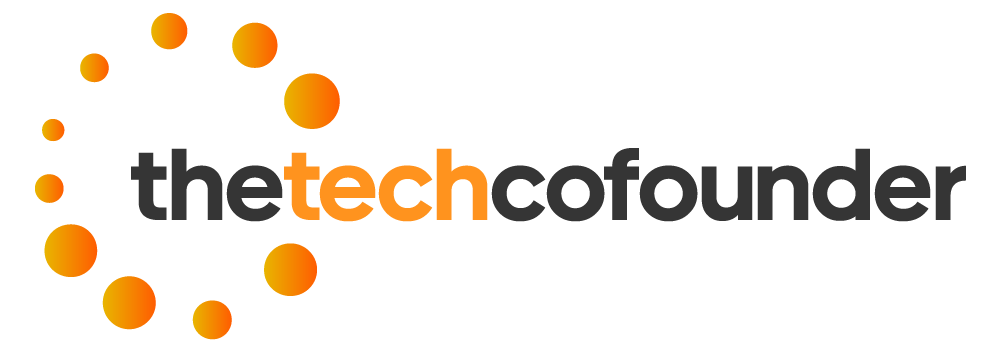Mutf_In: Nipp_Indi_Phar_Ls0fn2 stands out as a pivotal advancement in data management. Its features facilitate seamless integration and enhance user efficiency. The platform enables users to manage tasks with greater autonomy while promoting collaboration. As industries shift towards ethical practices and operational efficiency, the implications of this technology could reshape standard procedures across various sectors. The ensuing discussion will explore its key features and potential applications.
Key Features of Mutf_In
Mutf_In stands out due to its comprehensive set of features designed to enhance user experience and functionality.
Its robust data integration capabilities ensure seamless connectivity with various data sources, streamlining information flow.
The user interface is intuitively designed, allowing for easy navigation and accessibility.
Together, these features empower users, providing the freedom to manage their data efficiently while maintaining optimal performance.
Benefits for Users
Enhanced productivity is a primary benefit that users experience with Mutf_In. This platform significantly improves user experience by streamlining workflows and facilitating efficient task management.
Enhanced user engagement is achieved through intuitive interfaces and responsive design, allowing individuals to navigate seamlessly. By prioritizing these elements, Mutf_In empowers users to maximize their potential, fostering a sense of autonomy and enhancing overall satisfaction.
Future Applications and Potential Impact
The future applications of Mutf_In hold significant promise across various sectors, particularly in enhancing operational efficiency and decision-making processes.
Future trends indicate its integration into healthcare, finance, and logistics, driving innovation.
The societal implications of Mutf_In could reshape industries, fostering transparency and collaboration while ensuring ethical considerations are prioritized.
Conclusion
In conclusion, Mutf_In: Nipp_Indi_Phar_Ls0fn2 represents a juxtaposition between traditional data management approaches and modern, integrated solutions. While conventional methods often lead to fragmentation and inefficiency, this platform offers seamless navigation and collaboration, enhancing user autonomy. As it reshapes industry standards, the potential impact on operational efficiency and ethical practices stands in stark contrast to outdated systems, illustrating a pivotal shift towards a more transparent and effective data management paradigm across various sectors.







